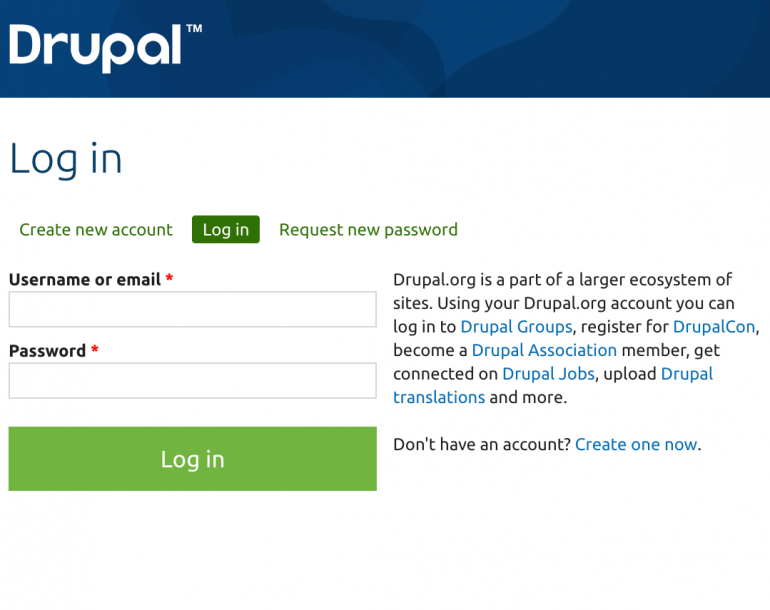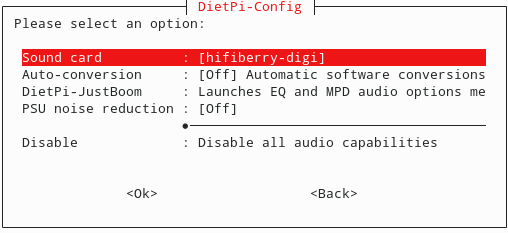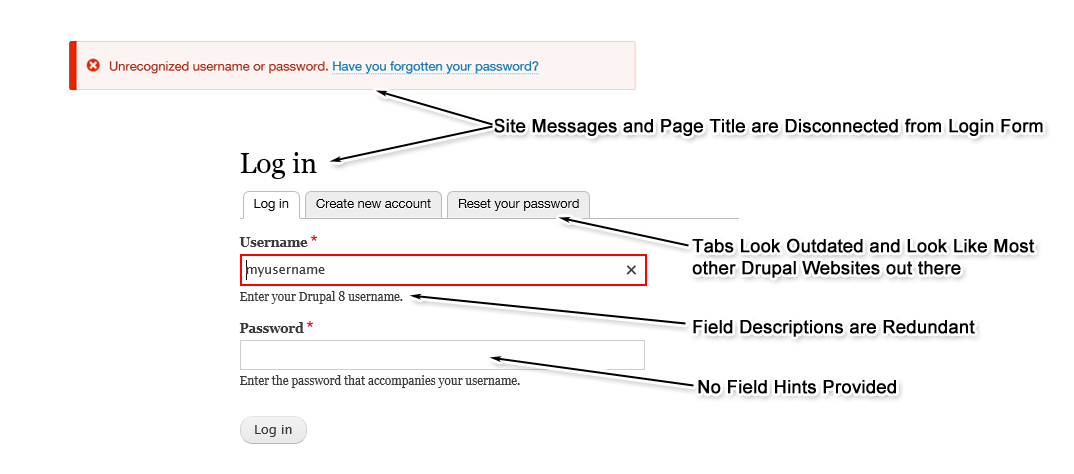

- #Drupal login thru ssh how to
- #Drupal login thru ssh install
- #Drupal login thru ssh code
- #Drupal login thru ssh password
- #Drupal login thru ssh mac
In the above example ssh configuration file you can see two Host entries. IdentityFile /home/test/.ssh/remoteserver.private_key This defaults to ~/.ssh/config but can also be specified as a parameter with the -F option. While many users are familiar with the sshd_config file, there is also a client configuration file for the ssh command. To connect to a host that resolves to both IPv4 and IPv6 you can specify parameter -4 or -6 to the command line so it resolves correctly.Īpart from remoteserver, each of the above parameters is optional. Remoteserver : The hostname ssh is connecting to, this can be a fully qualified domain name, an IP address or any host in your local machines hosts file. User can also be specified with the -l parameter. Leaving out the will default to using the username of the account you are currently logged in to (~$ whoami). If you are using the terminal over a slow link or viewing lots of text this can speed up the connection as it will compress the data transferred on the : The string before the symbol denotes the username to authenticate with against the remote server. C : Compression is enabled on the connection using this parameter. The listening port is configured in the sshd_config file using the Port 2222 format.

22 is not required as this is the default, but if any other port is listening connect to it using the -p parameter. p 22 : Specify which port to connect to on the remote SSH server. Can be used multiple times to print additional information. v : Print debug information, particularly helpful when debugging an authentication problem. localhost:~$ ssh -v -p 22 -C remoteserver The following ssh example command uses common parameters often seen when connecting to a remote SSH server. First The Basics Breaking down the SSH Command Line Take a look at Proxy Jump -J and reverse dynamic forwarding -R. Block SSH Brute Force Attempts with iptablesĮven if you are an experienced *nix guru there are a couple of examples further down that are only available in later versions of OpenSSH. Bouncing through jump hosts with SSH and -JĢ1. Mount remote SSH as local folder with SSHFSĢ0. Copy files remotely with rsync and SSHġ5. You’ll be able to search the module recently added and proceed to its installation.12. Visit your site as an admin user and open the “Extend” page.Now commit those changes by adding a commit message and clicking on “Commit.”.When you get a message like the following, click to obtain further details.

Depending on your internet connection, it might take a few seconds.
#Drupal login thru ssh password
#Drupal login thru ssh how to
The fun is about to start! Here’s a step-by-step example of how to customize your Drupal site by adding a new contrib module: You’ll be prompted to enter your password according to the configuration method used.

When you save changes (depending on the configured values), they will be pushed to Pantheon.
#Drupal login thru ssh code
Well done! Now that the SFTP set up in VScode is done, and the codebase is downloaded, you can start making changes to the code using VS Code. Then, add the following line in the SFTP config file, replacing the file’s path corresponding to your local machine: "privateKeyPath": "/Users/localUser/.ssh/id_rsa".Īfter the configuration is done, you can test if it’s working by downloading the codebase (using the first method described in the following step).ħ.
#Drupal login thru ssh mac
See the instructions to Generate and Add SSH Key (for Linux, Mac and Windows 10). If you can generate an SSH key on your local machine, add it to Pantheon. With uploadOnSave set to true, the next time you save changes to a file, they'll be pushed automatically to Pantheon.ĥ. Make sure the remotePath value is /code/. Edit the config file with the credentials you got from Pantheon. Open the VS Code command palette (using Ctrl/Command + Shift + P) and run SFTP: config to open the SFTP config file:Ĥ.
#Drupal login thru ssh install
Install and open VS Code. On the “Welcome” screen, click on “Open folder” (or use the menu File - > Open) and select the folder you just created for your website. Now install the SFTP extension following this process:ģ. Create a folder on your local machine where you'll keep your website files.


 0 kommentar(er)
0 kommentar(er)
